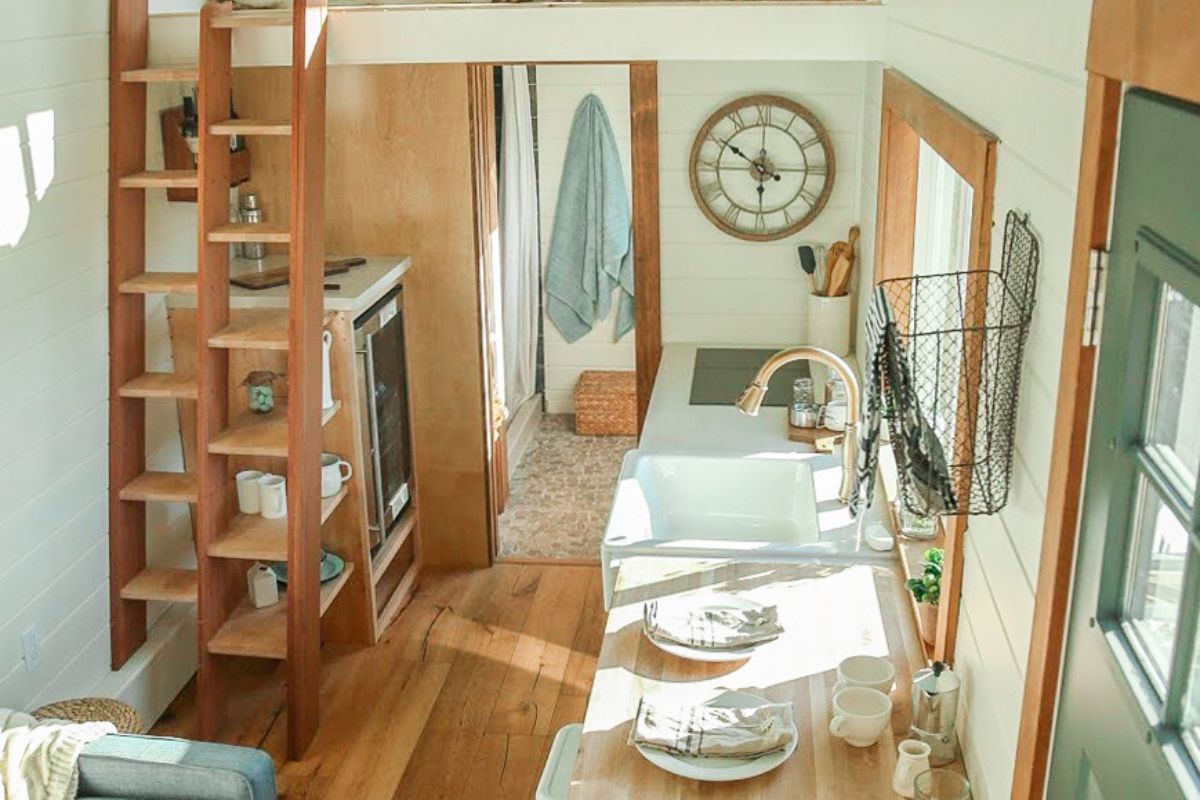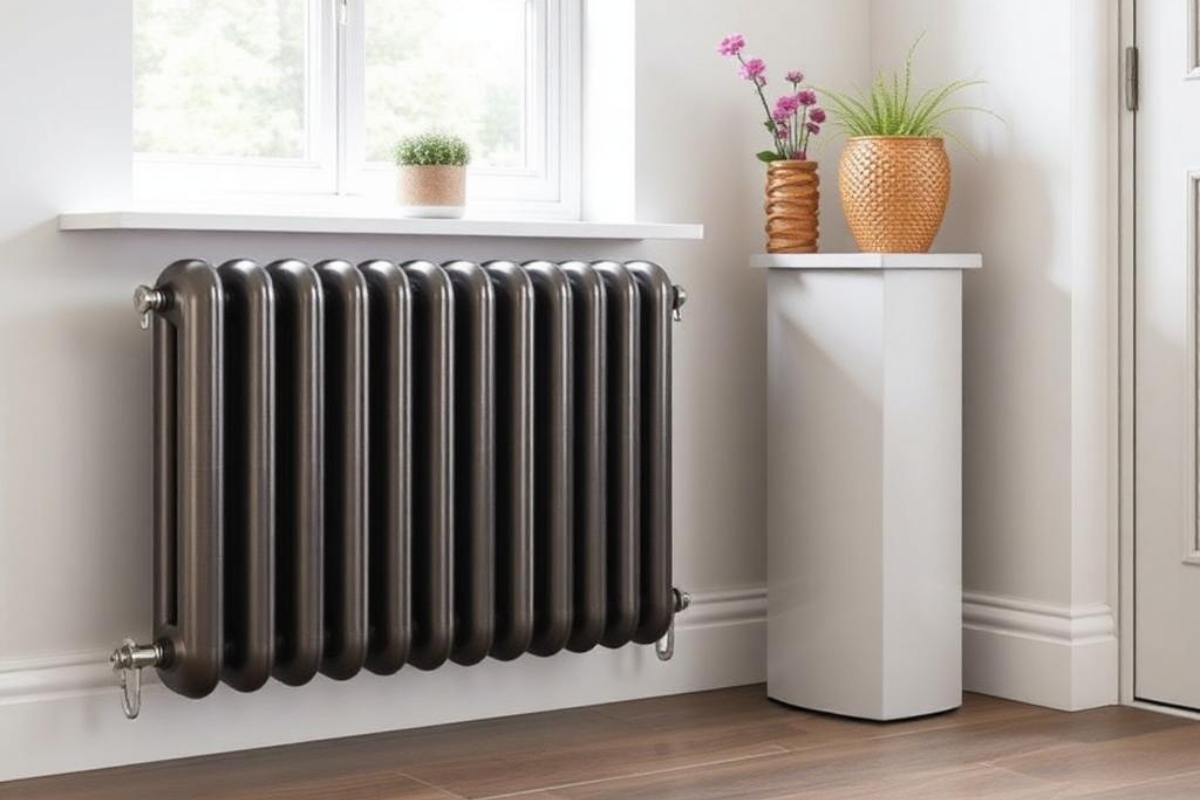Living in a small home doesn't mean you have to sacrifice the luxury of a personal sauna. With intelligent design choices and the right compact models, you can create a rejuvenating spa experience that fits seamlessly into your limited square footage.
Whether you're drawn to the deep-penetrating warmth of infrared technology or the traditional steam experience, there are space-efficient solutions that make tiny home sauna ownership both practical and rewarding.
Adding a sauna to your small home offers numerous wellness benefits, including improved circulation, stress relief, better sleep quality, and enhanced muscle recovery. The key lies in choosing the right type and size while carefully considering placement options that maximize your available space.
Understanding Your Sauna Options for Small Spaces
When space is at a premium, every square foot matters. Fortunately, sauna manufacturers have recognized the growing demand for compact wellness solutions, creating models specifically designed for smaller living environments.
Infrared saunas represent an excellent choice for tiny homes. These units operate at lower temperatures (typically 120-150°F) compared to traditional steam saunas, making them more energy-efficient and easier to integrate into your home's electrical system. A small one person infrared sauna can fit into surprisingly tight spaces while still delivering therapeutic benefits through full-spectrum light waves that penetrate the skin for deep detoxification.
Traditional steam saunas offer the classic Finnish experience, characterized by higher temperatures (180-200°F) and dry heat. While they require more robust ventilation systems, compact models can still function effectively in small homes with proper planning and installation.

Strategic Placement Solutions
The secret to successfully integrating a sauna into your tiny home lies in creative placement strategies that serve multiple purposes without overwhelming your living space.
Multi-Purpose Bathroom Integration
Your bathroom naturally becomes an ideal location for installing a sauna. The existing plumbing, moisture-resistant surfaces, and ventilation systems create a perfect foundation. Consider installing a compact infrared unit that can double as a relaxation corner when not in use. The moisture resistance already built into bathroom design means minimal additional waterproofing requirements.
Bedroom Sanctuary
Transform part of your bedroom into a wellness retreat by incorporating a personal sauna. This placement allows you to unwind before sleep, taking advantage of the natural relaxation response that follows sauna use. Position the unit near a window for natural ventilation, and use sound-absorbing materials to maintain a peaceful atmosphere.
Outdoor Integration
Don't overlook your outdoor space as a viable option. An outdoor sauna conserves precious indoor square footage while offering a unique connection to nature. Weather-resistant models designed for outdoor use can withstand the elements while creating a private retreat steps from your tiny home.
Maximizing Space Efficiency
Wise design choices can help your sauna feel spacious and integrated rather than cramped or intrusive.
Vertical Design Elements
Look for saunas with tall, narrow profiles that utilize your tiny home's vertical space effectively. Corner units can be particularly effective, as they often use underused areas while maintaining an open feel in the main living space.
Flexible Installation Options
Some modern sauna designs offer modular components that can be partially recessed into walls or built into custom cabinetry. This approach creates a seamless integration that doesn't feel like an add-on to your existing space.
Dual-Purpose Features
Choose models that can serve multiple functions when not in use. Some infrared saunas double as reading nooks or meditation spaces, maximizing the value of your investment in both money and square footage.
Power and Ventilation Considerations
A successful tiny home sauna installation requires careful attention to electrical and ventilation needs.
Most compact infrared saunas operate on standard 110V electrical systems, making them easier to integrate without major electrical upgrades. However, traditional steam saunas may require 220V connections and more robust electrical panels.
Proper ventilation becomes even more critical in tiny homes due to the limited air volume. Install exhaust fans rated for the humidity levels your chosen sauna will produce, and ensure adequate fresh air intake to maintain healthy indoor air quality.
Expert Insights on Tiny Home Saunas
"The key to adding a sauna to a tiny home is thinking vertically and choosing the right technology for your space," explains Christoffer Arfert, Founder of Select Saunas. "Infrared saunas offer the perfect solution because they require less power, generate less moisture, and can fit into compact corners that would otherwise go unused."
Jasper Knight, Founder of Secret Saunas, adds perspective on the wellness benefits: "Don't let limited space prevent you from experiencing the therapeutic benefits of regular sauna use. Even a compact one-person unit can provide significant health benefits, from improved circulation to stress relief, making it a worthwhile investment in your overall well-being."
Installation Tips for Success
Proper installation ensures your tiny home sauna operates safely and efficiently for years to come.
Floor Protection
Install appropriate flooring materials that can handle temperature changes and potential moisture. Waterproof vinyl, sealed concrete, or treated wood are suitable options, depending on the type of sauna and its placement.
Insulation Considerations
Ensure adequate insulation around your sauna to prevent heat loss and protect surrounding structures. This is particularly important in tiny homes where every BTU of energy matters for overall comfort and efficiency.
Professional Assessment
Consider consulting with both sauna installation experts and tiny home specialists to ensure your chosen solution meets local building codes and safety requirements.

Maintenance in Small Spaces
Maintaining your tiny home sauna requires some special considerations due to space constraints.
Keep cleaning supplies organized in nearby storage areas, and establish regular maintenance routines that prevent moisture buildup in your limited space. Quick daily wipe-downs after use become even more important in tiny home environments.
Making It Work: Real-World Success Stories
Many tiny home dwellers have successfully integrated saunas into their compact living spaces. The most successful installations share common elements: careful planning, appropriate model selection, and creative space utilization.
Consider starting with a smaller model that you can upgrade later as your needs change. This approach allows you to test the concept without making a significant commitment to space or electrical modifications.
Creating Your Personal Wellness Space
Adding a sauna to your tiny home represents more than just a luxury addition—it creates a dedicated wellness space that supports your physical and mental health. The key lies in viewing your sauna as an integral part of your home's design rather than an afterthought.
With careful planning, appropriate model selection, and creative installation approaches, you can enjoy the therapeutic benefits of regular sauna use without sacrificing the efficiency and comfort that drew you to tiny home living in the first place. Investing in both your space and your health will yield returns in improved wellbeing and an enhanced quality of life for years to come.





Share: